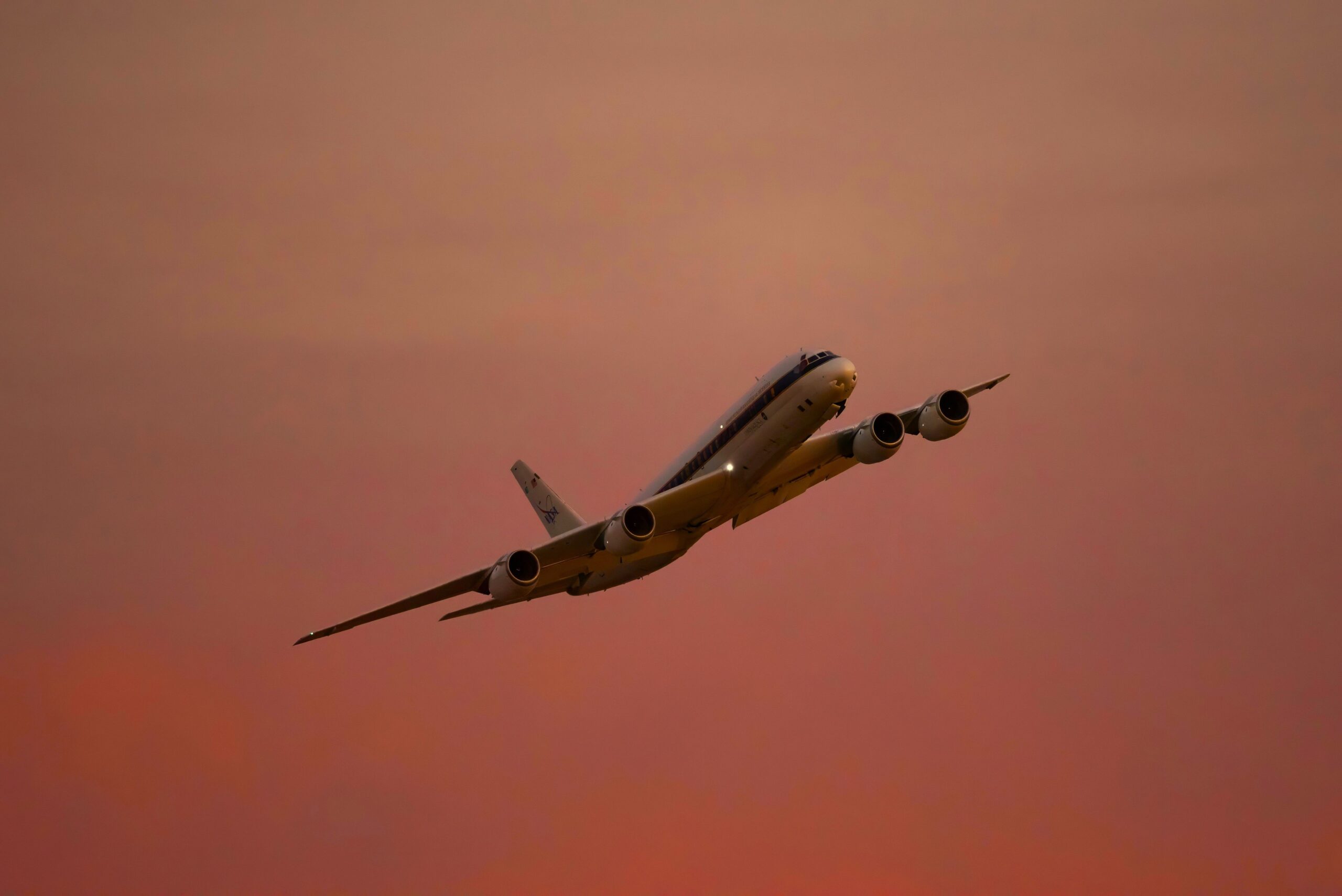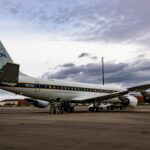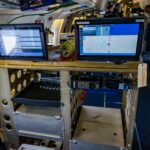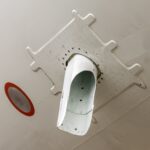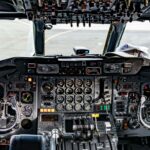This post was brought to you by Simple Flying.
All good planes must eventually retire or be repurposed. Such is the case with NASA’s Airborne Science Douglas DC-8-72, built in 1969 and has flown atmospheric science missions since representing the Aeronautics in National Aeronautics and Space Administration.
Douglas DC-8 was used for many scientific missions
According to a NASA factsheet, NASA’s DC-8 is highly instrumented and incredibly helpful in science projects.
“Data gathered with the aircraft at flight altitude and by remote sensing have been used for studies in archaeology, ecology, geography, hydrology, meteorology, oceanography, volcanology, atmospheric chemistry, cryospheric science, soil science, and biology. Four types of missions are flown with the DC-8: sensor development, satellite sensor verification, space vehicle launch or re-entry telemetry data retrieval and optical tracking, and other research studies of Earth’s surface and atmosphere.”
For instance, the DC-8 has served as a platform for many projects. Helps that the DC-8 has a range of 5,400 nautical miles and 12 hours with the ability to fly at altitudes ranging from 1,000 to 42,000 feet. Additionally, the DC-8 was re-engined with CFM56-2 high-bypass turbofans as pictured below – and also used in the Boeing KC-135R Stratotanker, Boeing 737 Next Generation, other Douglas DC-8s, and even Airbus A320s and A340s.
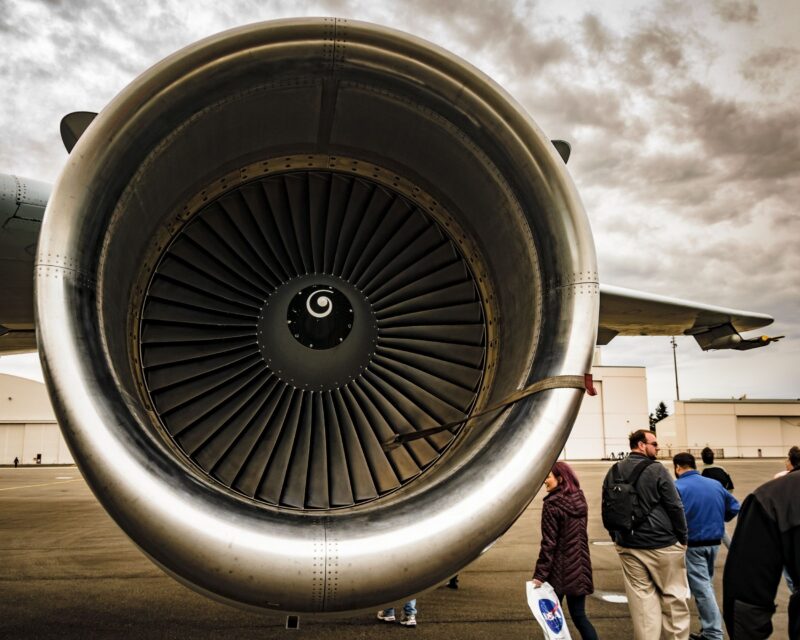
Some of those projects the DC-8 was used on were to test satellite sensors affordably. Or to verify satellite sensors. As per the photo below, a MASC: Microwave Atmospheric Sounder on CubeSat was mounted on the DC-8 for 2015-2017 OLYMPEX flight tests to verify and validate satellite measurement of precipitation from the constellation of satellites known as the Global Precipitation Measurement (GPM).
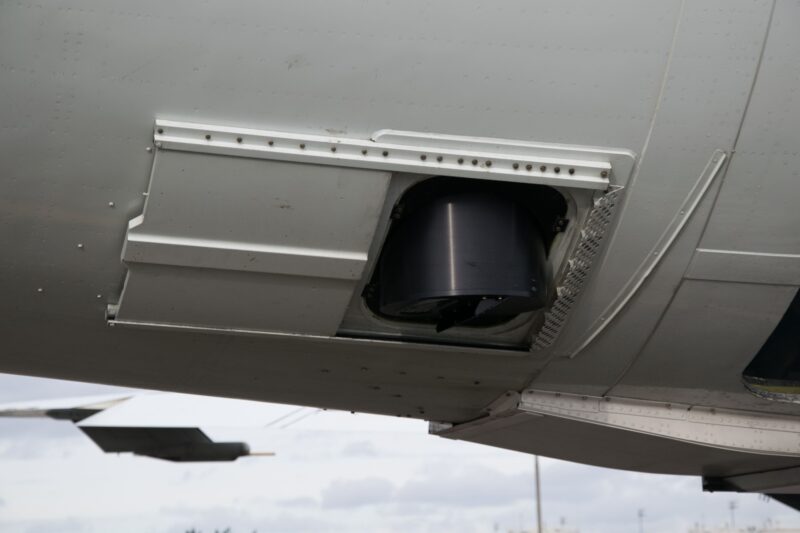
OLYMPEX, as per the project webpage, was “a ground validation field campaign designed to verify and validate the measurement of precipitation by satellite and airplane from the constellation of satellites known as the Global Precipitation Measurement.” The program was operated over Washington State’s Olympic Mountains and Pacific Ocean and included the use of dropsondes or droppable sensors to measure the atmosphere. The author back in 2015 was able to participate in a “NASA Social” featuring the team, hence the photos below:
Another project was the Convective Processes Experiment – Aerosols & Winds (CPEX-AW) to calibrate a satellite using Lidar to measure atmospheric winds. CPEX-AW was the first project for the DC-8 after a 2020-2021 depot maintenance period.
NASA also used its DC-8 in a 2019 joint venture between NOAA and NASA called Fire Influence on Regional to Global Environments and Air Quality (FIREX-AQ). FIREX-AQ used the DC-8 to mount many pieces of equipment to detect smoke contents, smoke reach, temperatures, and winds. This work was intended to help forecast the spread of smoke, how chemical transformations change smoke composition, and help calibrate satellites – for starters.
The fact the DC-8 is made of steel and aluminum makes mounting instruments easier on the airframe versus, say, the composite of the Boeing 787.
But the DC-8 will be replaced by a Boeing 777
However, the circa 1969 DC-8 is showing its age. As such, a 21-year-old Japan Air Lines Boeing 777-200ER that was JA704J and cooling its heels in long-term storage at Victorville, California, is being hired as its replacement and reregistered as N774LG. Considering that Boeing bought McDonnell Douglas in 1997, this seems appropriate – and the new 777 will have significantly more carrying capacity and range than its atmospheric science predecessor.
In November 2023, Japan Air Lines finished its divestment from Boeing 777-200ERs. Hence the easy availability of a Boeing 777 to repurpose for atmospheric research.
The new 777-200ER will take time to repurpose from passenger transport to an aeronautics research platform. However, NASA is saving taxpayers substantial money by using a used aircraft to continue its vital aeronautics research.
Repurposed to teach aircraft maintenance
However, the NASA DC-8 will not be parked in the Arizona desert like many US government aircraft. Instead, in May 2024, the intent is to gift the DC-8 with the modern CFM56-2 turbofans to the Idaho State University Aircraft Maintenance Technology Program.
The program trains students to work on airframes and engines, and there are two- and 4+ year learning options. Learning combines textbooks and tactile learning to prepare students for a high-demand field.
Bottom line
The Douglas DC-8 that served NASA will be repurposed from an airborne laboratory to an aircraft mechanic’s classroom. NASA’s Douglas DC-8 will be replaced by a Boeing 777 to continue researching Earth’s atmosphere and calibrating satellites.
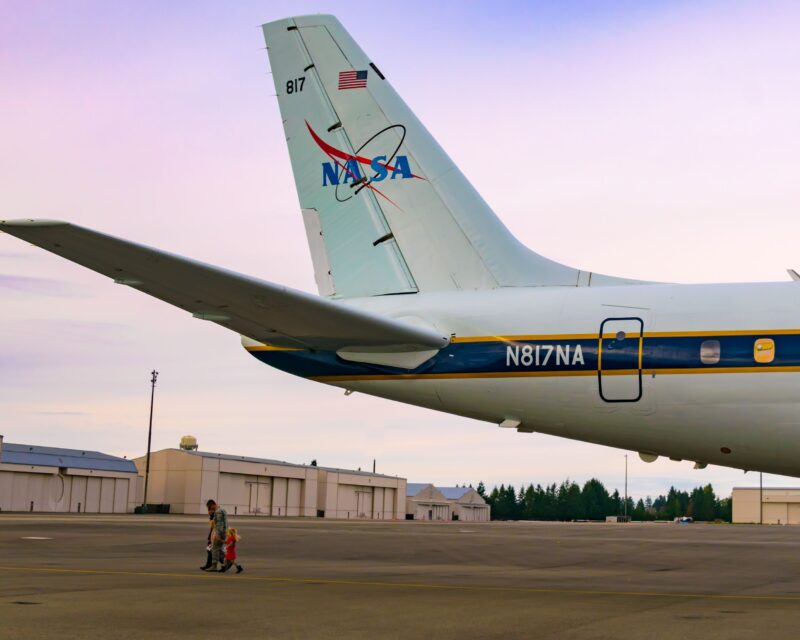
As the sun sets on the DC-8 in NASA service, one should quote from the 2021 National Academies of Sciences, Engineering, and Medicine Committee on Future Use of NASA Airborne Platforms to Advance Earth Science Priorities final report, “Airborne Platforms to Advance NASA Earth System Science Priorities: Assessing the Future Need for a Large Aircraft”
“Several characteristics and combinations of characteristics of the DC-8 have driven and will continue to drive the need for a large aircraft. The ability to reach remote locations, such as Antarctica and the southern oceans, is one. Others are the need for multiple, simultaneous, co-located measurements in the atmosphere. The need derives from the temporal and spatial variability that exists over a wide range of scales for atmospheric processes and parameters. Only with multiple measurements co-located on the same moving platform can key atmospheric processes be adequately explored, diagnosed, and verified.”
The report pushed NASA to obtain a Boeing 777. In a proper, final tribute to the Douglas DC-8 N817NA, NASA is placing a call for papers until April 15 for an August 21-22 workshop on Contributions of the DC-8 to Earth System Science at NASA.
What are your takeaways? Please share in the comments.
This post was brought to you by Simple Flying. Written By Joe Kunzler.


